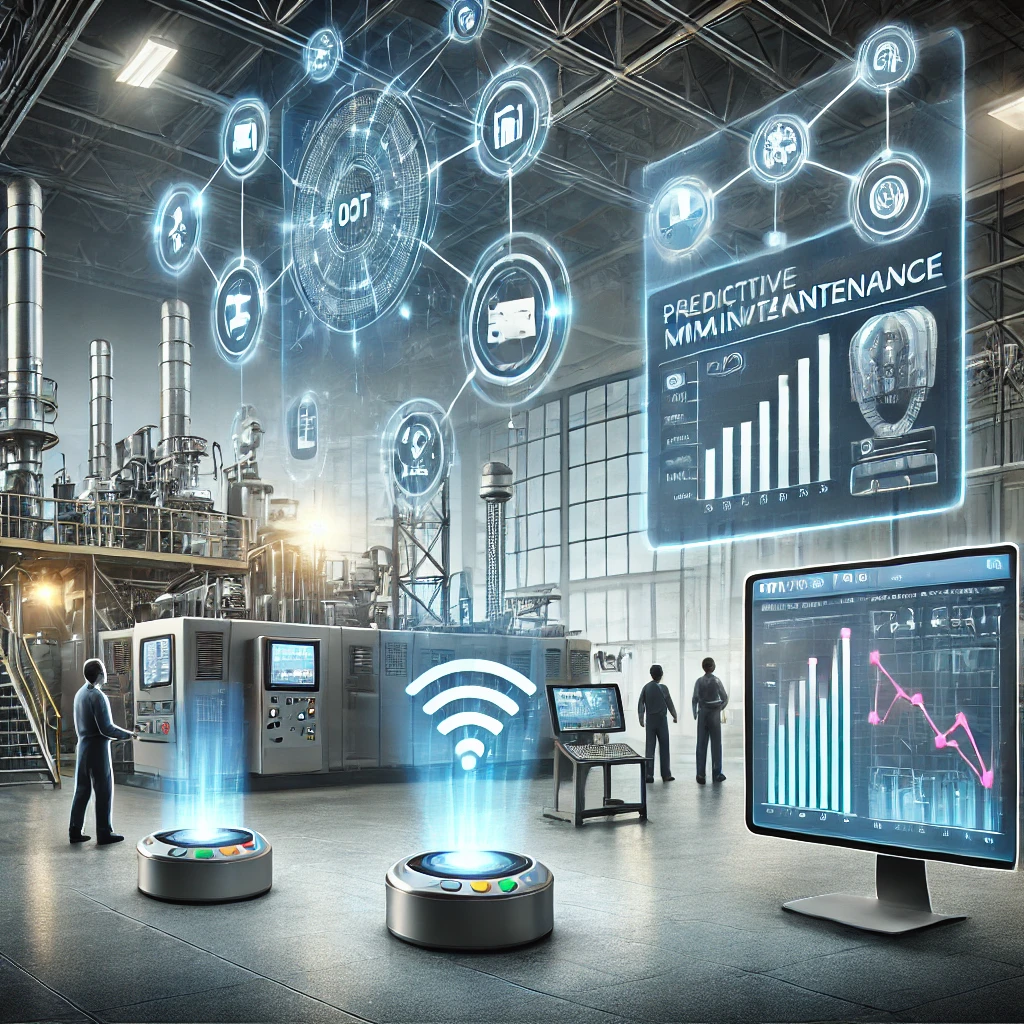In an era where efficiency and reliability are paramount, maintenance technology has evolved to meet the demands of modern industries. From predictive maintenance to advanced data analytics, these technologies help organizations prevent unexpected breakdowns, minimize downtime, and save on costs. This article explores the various aspects of maintenance technology, including its benefits, innovations, and applications in different sectors.
Table of Contents
What is Maintenance Technology?
Definition and Purpose
Maintenance technology encompasses a range of tools and techniques designed to improve the maintenance process. Its purpose is to keep equipment and systems in optimal working condition, thereby enhancing overall productivity and safety. By using advanced monitoring and data analytics, maintenance technology provides critical insights, allowing companies to address potential issues before they escalate.
Types of Maintenance Technology
There are several types of maintenance technologies, including predictive, preventive, and corrective maintenance. Each type serves a unique function in managing equipment and reducing downtime. Predictive maintenance, for instance, relies on real-time data to forecast potential failures, while preventive maintenance involves scheduled tasks to prevent unexpected breakdowns.
Key Innovations in Maintenance Technology
Predictive Maintenance: Anticipating Issues Before They Occur
Predictive maintenance is one of the most impactful advancements in maintenance technology. By using sensors and data analytics, this approach allows organizations to predict when equipment might fail. This reduces downtime and helps companies address problems before they lead to costly repairs. Predictive maintenance is especially valuable in industries with complex machinery, such as manufacturing and energy.
CMMS: Centralizing Maintenance Data
A Computerized Maintenance Management System (CMMS) is software that centralizes all maintenance-related data, making it easy to track equipment, schedule tasks, and monitor performance. With a CMMS, companies can access comprehensive reports on equipment history and track costs associated with maintenance activities, improving overall efficiency.
IoT Integration: Real-Time Monitoring and Automation
The Internet of Things (IoT) has brought a new level of connectivity to maintenance technology. IoT-enabled devices can communicate in real-time, sending alerts when equipment shows signs of wear or requires adjustments. This real-time monitoring allows for quick decision-making and automation, making maintenance processes faster and more accurate.
Benefits of Maintenance Technology
Reduced Downtime and Costs
One of the primary benefits of maintenance technology is the reduction of downtime. By anticipating and addressing issues early, organizations can keep equipment running smoothly and avoid costly breakdowns. This translates into significant savings, as businesses no longer need to allocate large budgets for emergency repairs.
Enhanced Safety
Maintenance technology also plays a crucial role in ensuring workplace safety. By detecting issues early, companies can prevent hazardous situations that may arise from faulty equipment. For industries where heavy machinery is used, this enhancement in safety is invaluable, protecting both workers and assets.
Improved Asset Life
Regular monitoring and timely maintenance help extend the life of equipment. With tools like CMMS and IoT integration, companies can manage equipment more effectively, ensuring that machinery operates at peak efficiency for longer. This approach minimizes the need for frequent replacements, further saving costs.
Applications of Maintenance Technology in Various Industries
Manufacturing
In the manufacturing sector, maintenance technology ensures that production lines run smoothly without interruption. Predictive maintenance is especially useful here, as any downtime can cause significant delays and impact revenue. By integrating predictive tools, manufacturers can maintain a steady workflow and meet production deadlines.
Healthcare
Healthcare facilities depend on reliable equipment, making maintenance technology essential. Tools like CMMS allow healthcare providers to track the maintenance history of critical machines, such as MRI scanners and ventilators. With timely upkeep, healthcare facilities can ensure equipment reliability, which is essential for patient care.
Energy and Utilities
In the energy and utilities sector, equipment maintenance is critical to prevent outages. Maintenance technology allows these industries to monitor equipment performance continuously, minimizing the risk of system failures. This constant monitoring is especially vital for utilities that serve large communities, where reliability is a priority.
Future Trends in Maintenance Technology
Artificial Intelligence and Machine Learning
Artificial Intelligence (AI) and Machine Learning (ML) are expected to play a larger role in maintenance technology. By analyzing large volumes of data, these technologies can identify patterns and predict failures with greater accuracy, making maintenance even more efficient.
Augmented Reality for Maintenance Training
Augmented Reality (AR) is also emerging as a training tool, allowing maintenance staff to visualize complex equipment processes. With AR, technicians can receive step-by-step instructions in real-time, which speeds up repairs and reduces errors.
Conclusion: The Future of Maintenance is Smart
Maintenance technology has come a long way, offering tools and techniques that optimize productivity, safety, and equipment lifespan. As AI, IoT, and AR continue to integrate into maintenance systems, we can expect even greater efficiency and reliability
